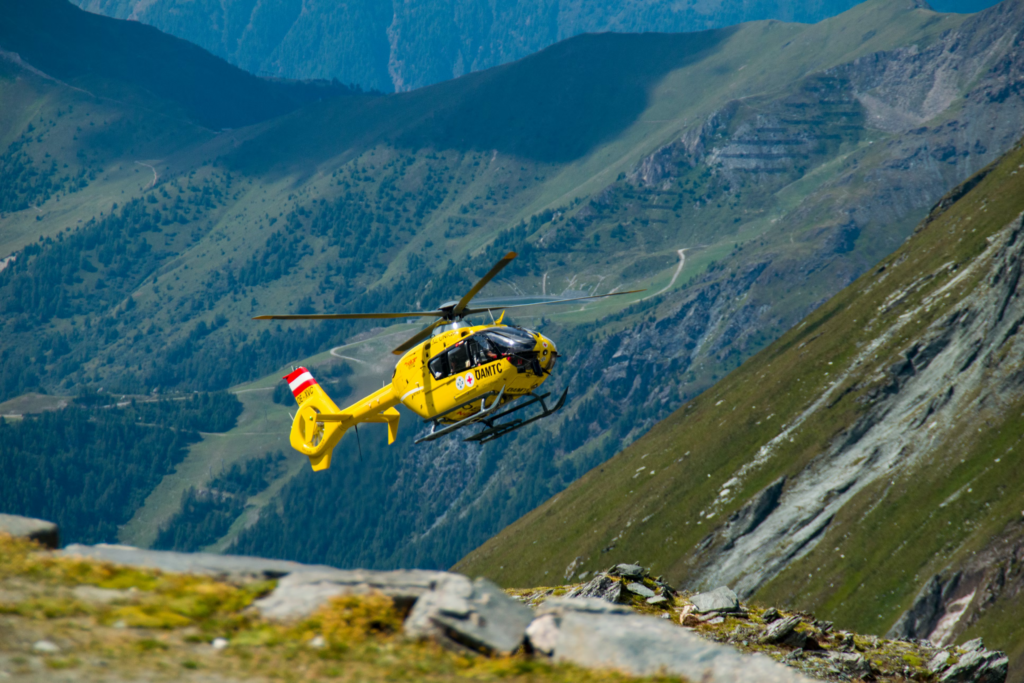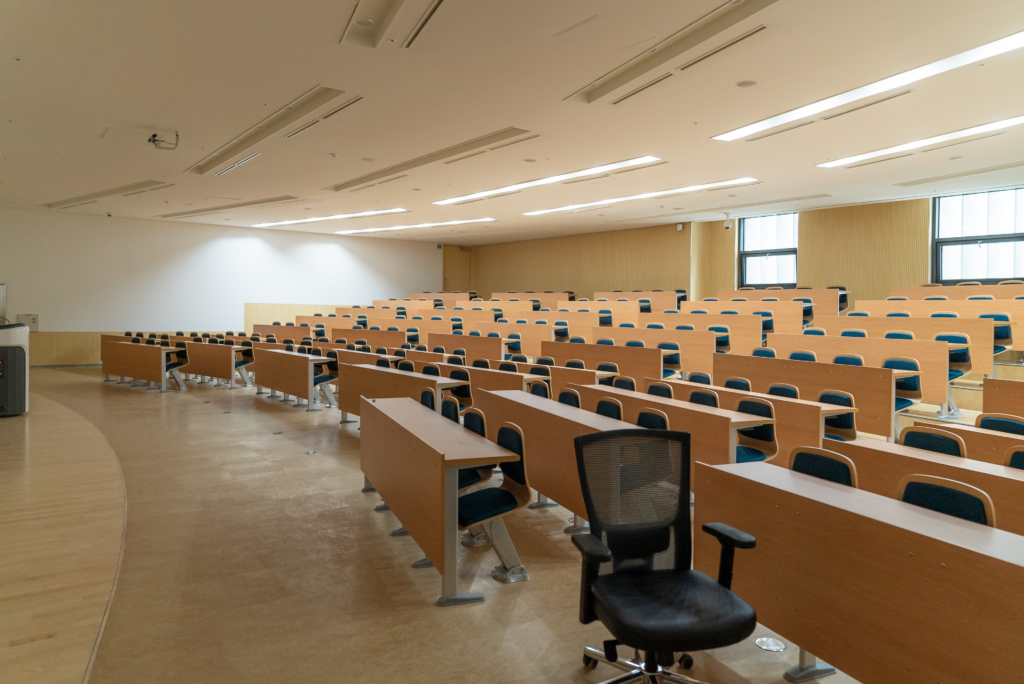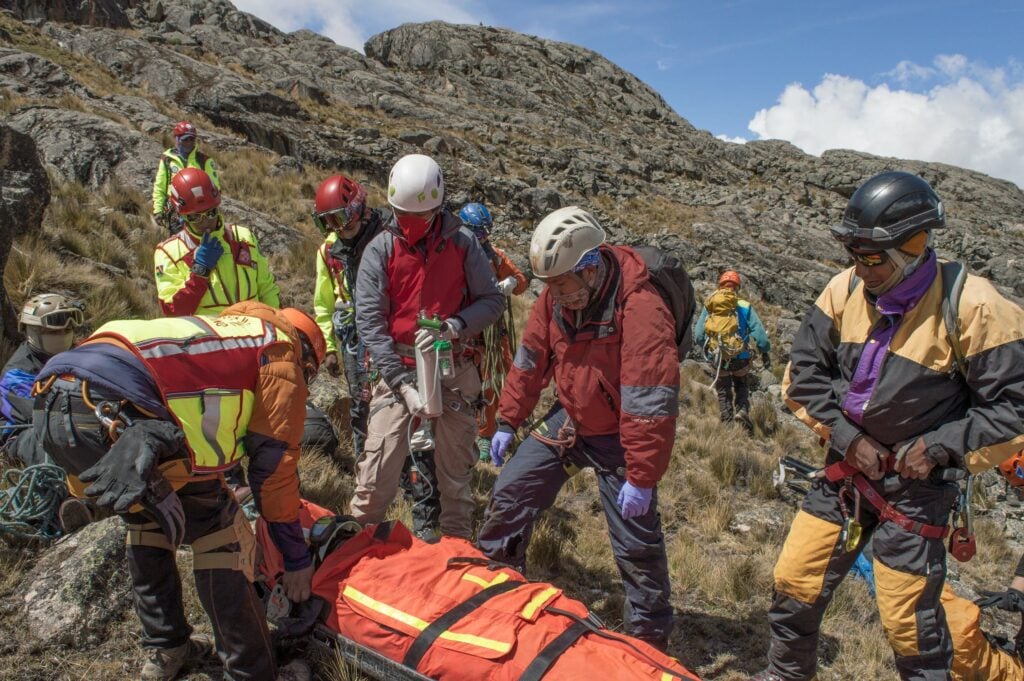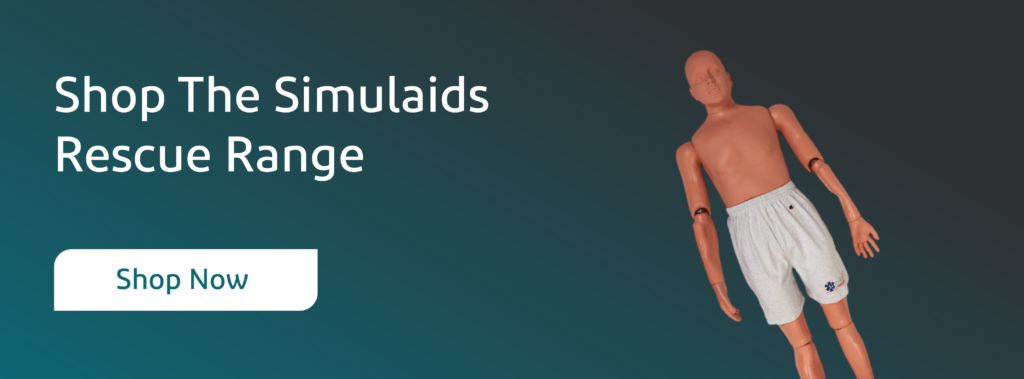
Rugged landscapes and treacherous terrain pose constant challenges. One factor stands above all in determining the success of an operation: tactical emergency casualty care. Effective training in casualty care can make the difference between life and loss in the unforgiving world of mountain environments.

Mountain rescue teams must be prepared to face a multitude of scenarios, from altitude sickness and hypothermia to technical rope rescues and avalanche emergencies. The ability to respond with precision and confidence is crucial. We explore the diverse methods used to train mountain rescuers in casualty care, with a particular focus on a method that offers the perfect blend of realism and safety: manikin training.

Mountain rescue teams are entrusted with the well-being of individuals facing dire circumstances. Whether it’s an injured hiker stranded on a rugged slope, a climber trapped on a sheer rock face, or a group caught in the unpredictable grip of an avalanche, these rescuers must perform with precision under immense pressure. Effective training is their foundation, helping them make well-informed decisions and deliberate actions, especially in challenging situations.
Beyond Basic First Aid: The Complexity of Mountain Casualties
While basic first aid skills are essential for any rescuer, mountain environments introduce a layer of complexity. Responding to altitude sickness, frostbite, and injuries from falls or avalanches requires a specialised skill set. Effective training methods must bridge the gap between textbook knowledge and practical application in these demanding scenarios.
The Difference-Maker: Well-Prepared Rescuers
In the world of mountain rescue, where minutes can mean the difference between life and death, well-prepared rescuers are the ultimate difference-makers. The knowledge they acquire, the skills they hone, and the training they undergo have a direct impact on the outcomes of their missions. Effective training methods empower rescuers to navigate the challenges of mountain terrain with confidence and competence.

Training for Versatility: The Unpredictable Nature of Mountain Rescues
Mountain rescues often present unpredictable challenges, from rapidly changing weather conditions to inaccessible locations. Effective training must prepare rescuers for a wide range of scenarios, including those they may have never encountered before. It is a testament to their versatility and adaptability, making them ready for whatever the mountain may throw their way.
Traditional classroom training serves as the bedrock of knowledge for mountain rescuers. While the rugged outdoors and dynamic rescue environments are their ultimate classrooms, the initial step toward becoming an effective rescuer often begins within the confines of a classroom.

The classroom setting provides a structured environment for rescuers to grasp the theoretical knowledge underpinning casualty care. Here, they acquire a deep understanding of medical principles, first aid techniques, and the specific challenges of mountain-related injuries and illnesses.
Traditional training programs are designed to cover a comprehensive curriculum. Rescuers delve into topics ranging from altitude sickness and frostbite to wound care and fracture stabilisation. They gain a well-rounded knowledge base that prepares them for a variety of mountain rescue scenarios.
Many classroom training programs lead to certifications and credentials that validate a rescuer’s proficiency. These certifications often include wilderness medicine or first aid certifications, signifying that the rescuer has met rigorous training standards.
Traditional classroom training is often supplemented with opportunities for continuous learning. Rescuers may engage in refresher courses, attend seminars, and keep their knowledge up to date through ongoing educational initiatives.

Theoretical knowledge alone is insufficient. Rescuers must translate their classroom-based understanding of casualty care into tangible, real-world skills. Hands-on practical training serves as the crucial link between theory and the application of knowledge, fostering the development of competence and confidence among mountain rescuers.

Practical training focuses on the development of essential skills that rescuers will use in mountain rescue scenarios. This includes hands-on techniques such as wound dressing, splinting, and patient assessment. Rescuers practice these skills until they can perform them effectively and with precision.
Practical training often involves realistic simulations that replicate mountain rescue scenarios. Rescuers engage in these simulations to apply their theoretical knowledge in context. Simulations may include responding to hypothermia, technical rope rescues, and other mountain-specific scenarios.
Training programs often incorporate scenario-based exercises that challenge rescuers to apply their knowledge and skills in dynamic settings. These exercises may involve responding to simulated injuries, medical emergencies, and challenging environmental conditions commonly found in mountain terrain.
Manikins are engineered to mimic the appearance, weight, and responsiveness of real casualties. This lifelike realism allows mountain rescuers to practice their skills on manikins that closely resemble the casualties they may encounter in challenging mountain environments. From their physical features to their responsiveness during treatment, manikins offer an authentic training experience.
Manikin training enables the replication of specific mountain rescue scenarios with precision. Rescuers can simulate scenarios involving altitude sickness, hypothermia, technical rope rescues, and other mountain-related emergencies. This scenario-based training enhances their ability to provide effective casualty care in actual mountain situations.

Manikin training provides the advantage of a controlled training environment. Rescuers can learn and practice essential skills without the uncertainties and risks associated with real mountain rescues. This controlled setting fosters a safe and supportive learning atmosphere.
Manikin training supports the development of effective communication skills. Rescuers can practice coordinating their efforts, communicating with team members, and providing clear instructions to the “casualties” they are treating on the manikins.
Manikin training is adaptable and flexible. It can be tailored to meet the specific training needs of mountain rescue teams. Whether focusing on particular injuries or scenarios, manikin training offers customisation to address the unique requirements of the rescuers.

With tactical emergency casualty care, specifically mountain rescue, effective training is the essential factor that ensures rescuers are well-prepared to tackle the unique challenges presented by rugged terrain and challenging conditions. This exploration of training methods has shown that a well-rounded approach is key.
Traditional classroom training serves as the starting point, providing rescuers with the theoretical foundation they need. It helps them understand medical principles and the specific issues related to mountain injuries and illnesses.

But knowledge alone isn’t enough. Hands-on practical training takes the learning from the classroom and puts it into action. Rescuers practice essential skills like bandaging, splinting, and patient assessment. This type of training is where they learn to apply what they’ve learned to real-world situations. Manikin training, in particular, shines as a method that balances realism with safety. Manikins are lifelike simulators that allow rescuers to practice on models that mimic the look and feel of real casualties. They’re especially useful for simulating specific mountain-related scenarios like altitude sickness or avalanche emergencies.
The combination of these training methods is what equips mountain rescuers with the skills and confidence they need to excel in the unpredictable and challenging terrain they face. They bring their knowledge, skills, and adaptability to every mission, ensuring they’re prepared to save lives in the mountains.

Sign up to our newsletter
Sign up to our newsletter for the latest product updates, announcements, and insights.
© Simulaids 2024. All Rights Reserved.